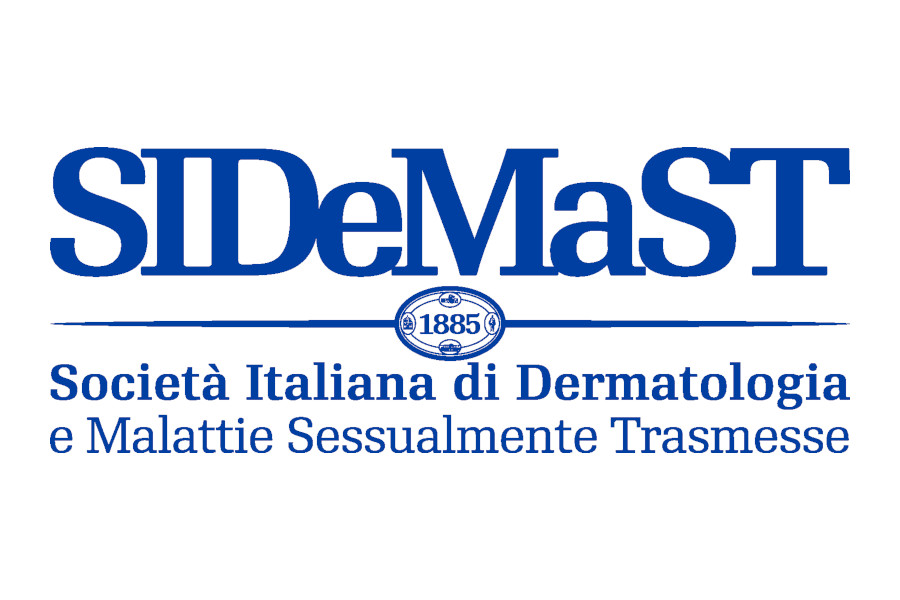Previous clinical data suggests uveal melanoma is more common in Caucasians and individuals with light eye coloration; however, the genetic mechanisms underlying this cancer's development were largely unknown.
Mohamed Abdel-Rahman, MD, Ohio State University Comprehensive Cancer Center - Arthur G. James Cancer Hospital, Columbus, Ohio, and colleagues report the first evidence of a strong association between genes linked to eye colour and development of uveal melanoma.
Reported data suggests that inherited genetic factors associated with eye and skin pigmentation could increase a person's risk for uveal melanoma.
"This is a very important discovery that will guide future research efforts to explore the interactions of these pigmentary genes with other genetic and environmental risk factors in cancers not linked to sun exposure, such as eye melanoma," said Dr. Abdel-Rahman. "This could provide a paradigm shift in the field. Our study suggests that in eye melanoma the pigmentation difference may play a direct cancer-driving role, not related to sunlight protection."
Unlike other solid tumours, there has been limited progress in understanding the contribution of genetic risk factors to the development of uveal melanoma, the researchers said, primarily due to the absence of comprehensive genetic data from patients as the large sample cohorts for this rare cancer type have not been available for research.
To overcome these limitations, the researchers analysed samples from more than 270 patients with uveal melanoma, most of whom were treated at Ohio State.
Because there is a known clinical connection between eye melanoma and skin cancer, the researchers sought to determine whether there were commonly shared genetic factors between both diseases, as the inherited genetic risk of skin melanoma has been more extensively explored in previous medical literature.
The team analysed 29 inherited genetic mutations previously linked with skin melanoma to determine if there was an associated risk of uveal melanoma. The analysis revealed that 5 genetic mutations were significantly associated with uveal melanoma risk. The 3 most significant genetic associations occurred in a genetic region that determines eye colour.
Researchers expect the data presented in this study to fuel the formation of large national and international research consortiums to conduct comprehensive, systematic analysis of inherited genome data in large cohorts of uveal melanoma patients.








